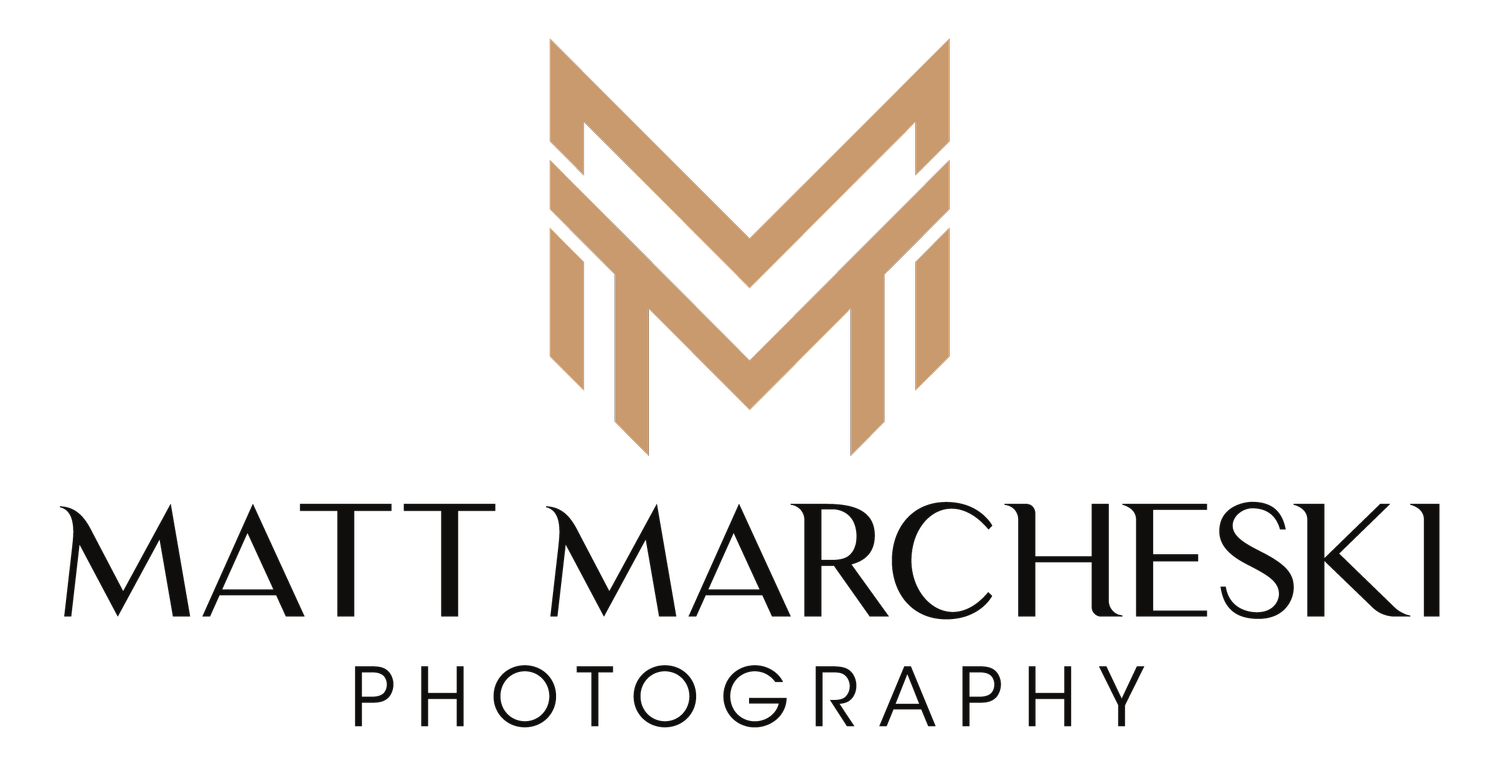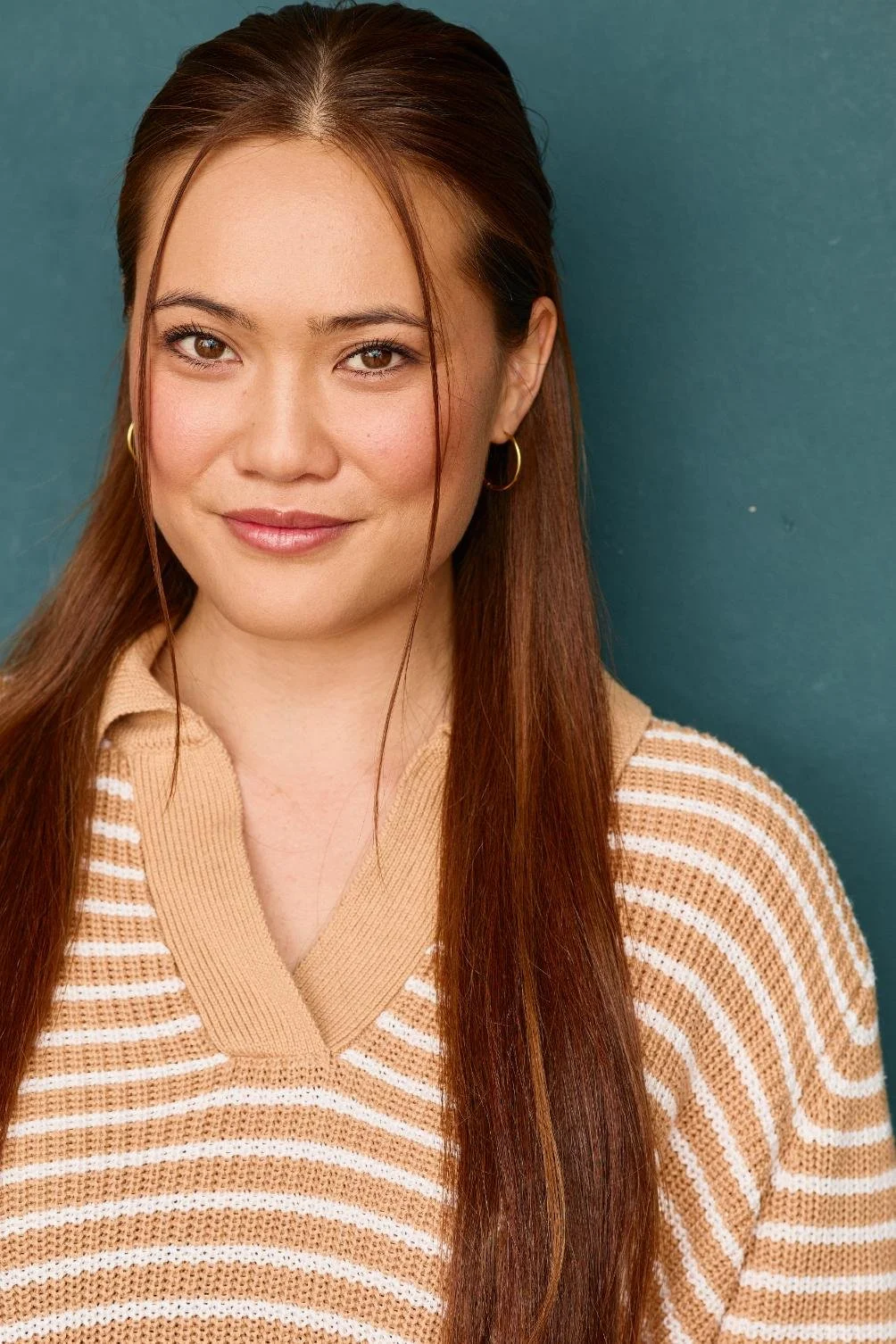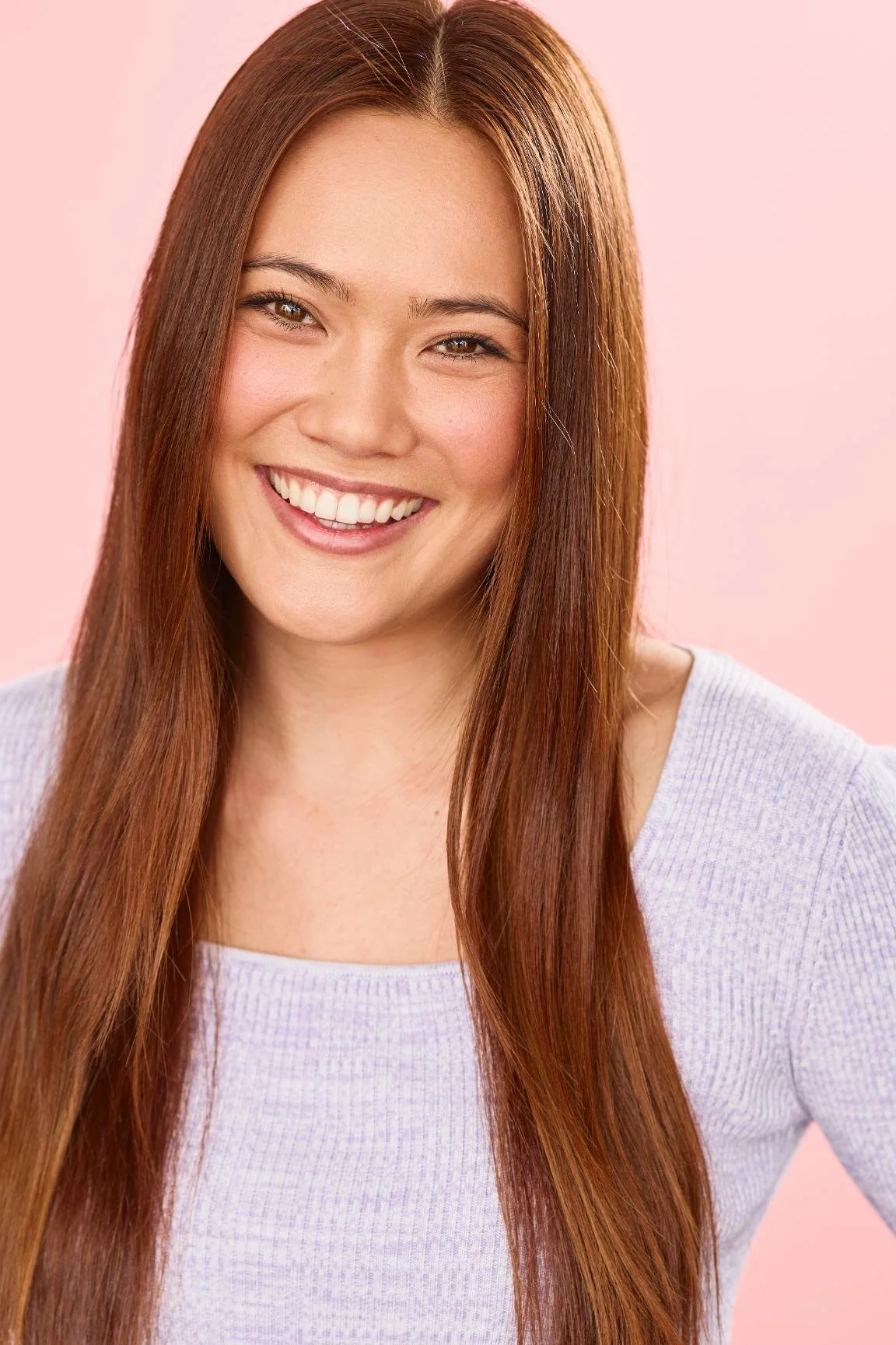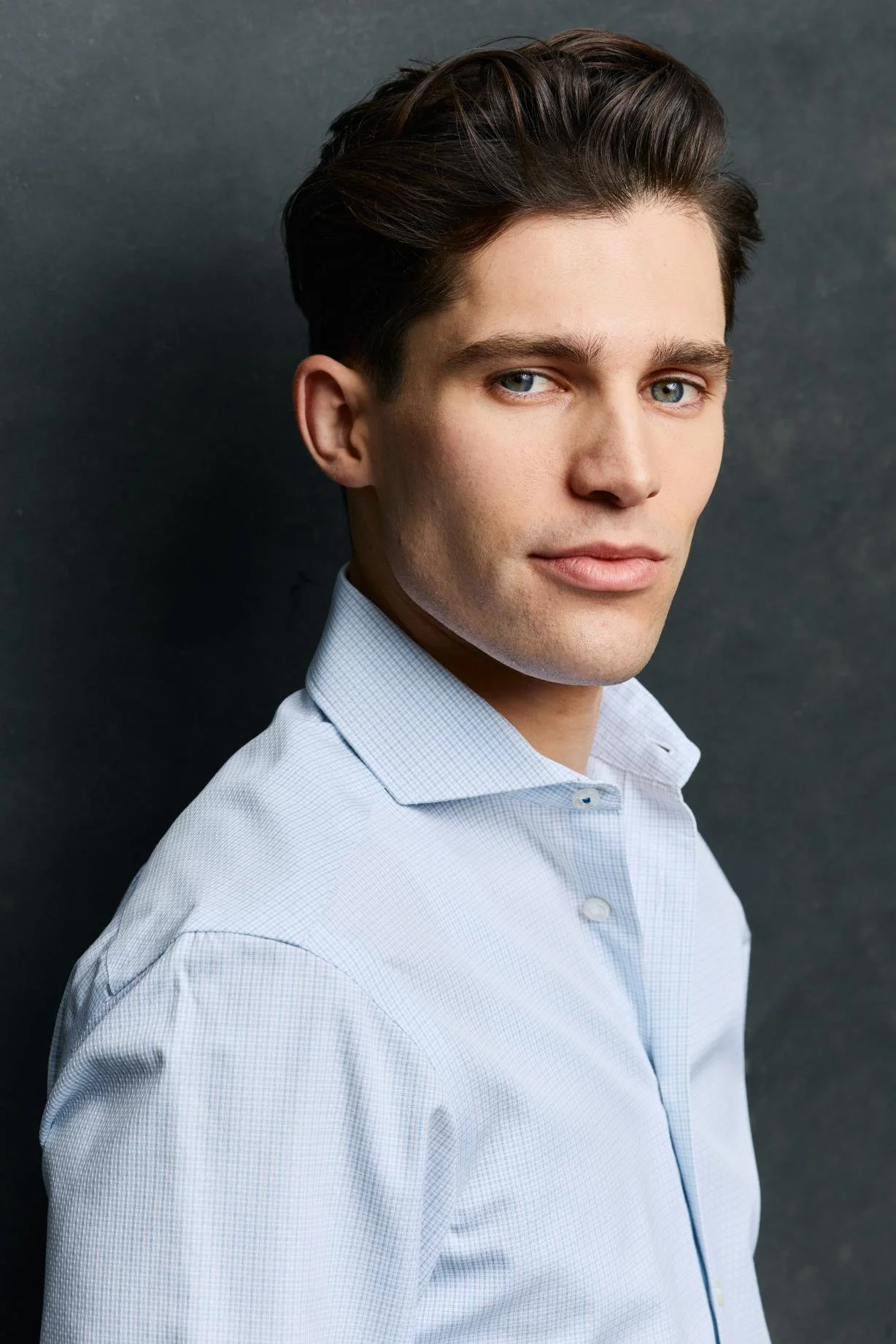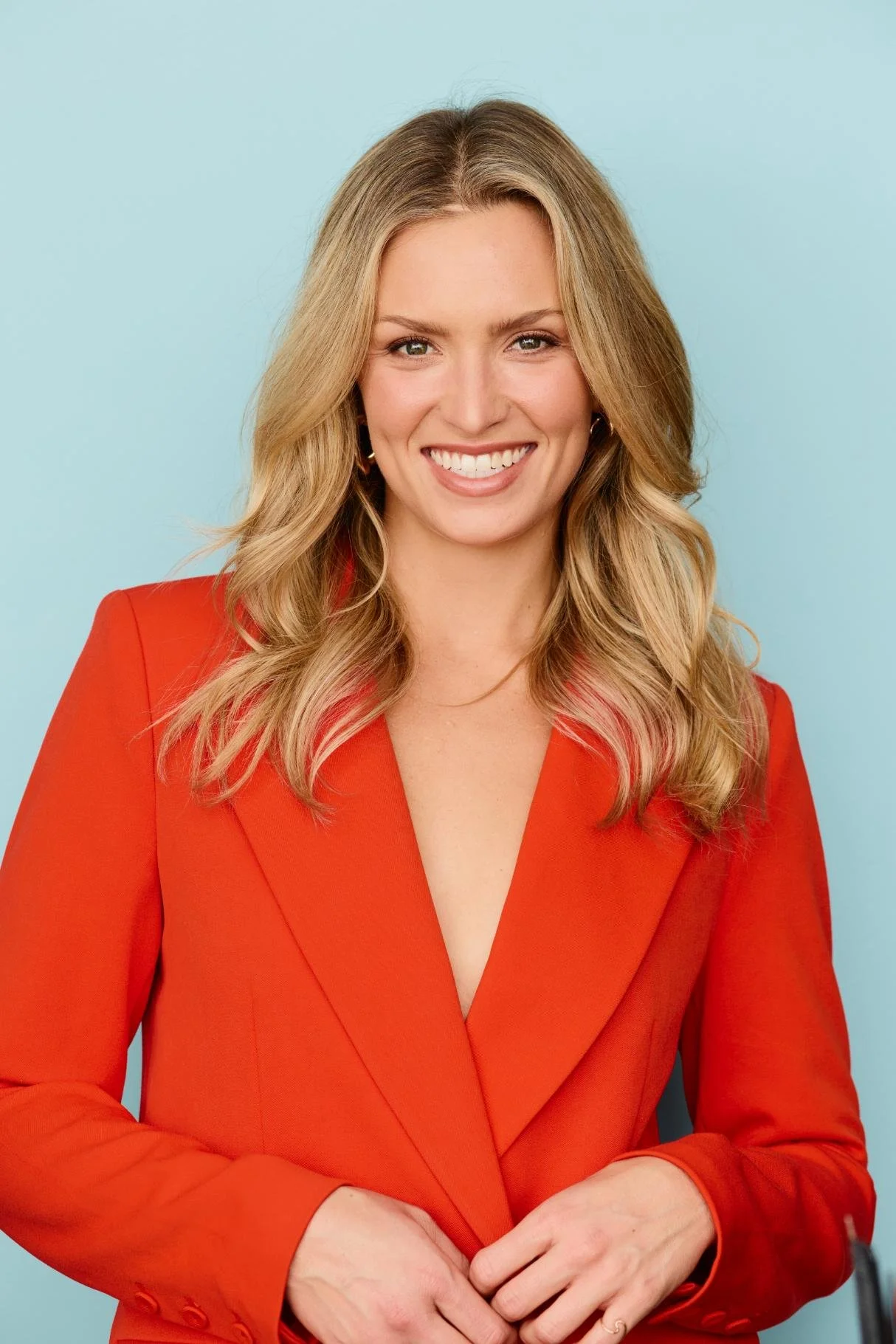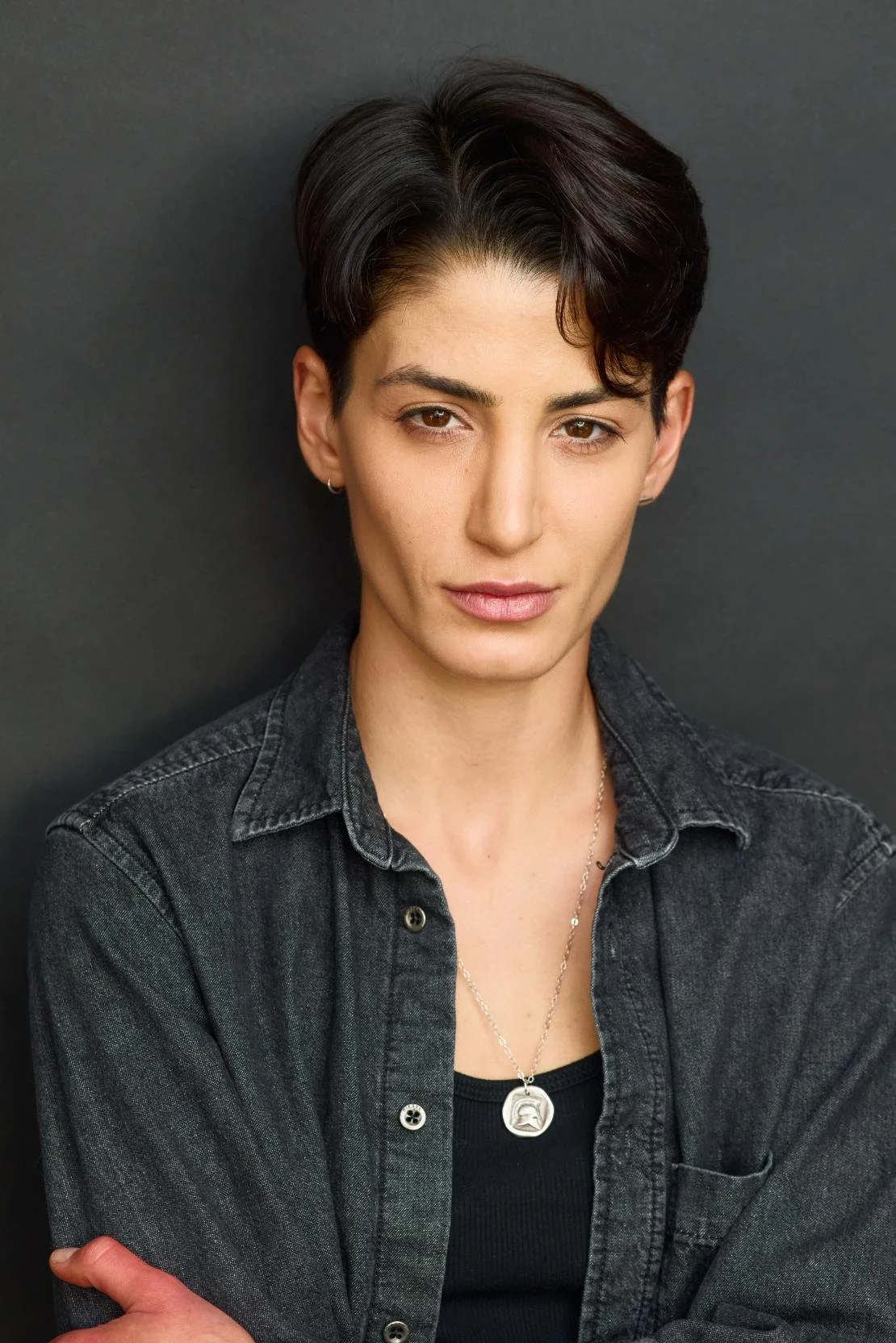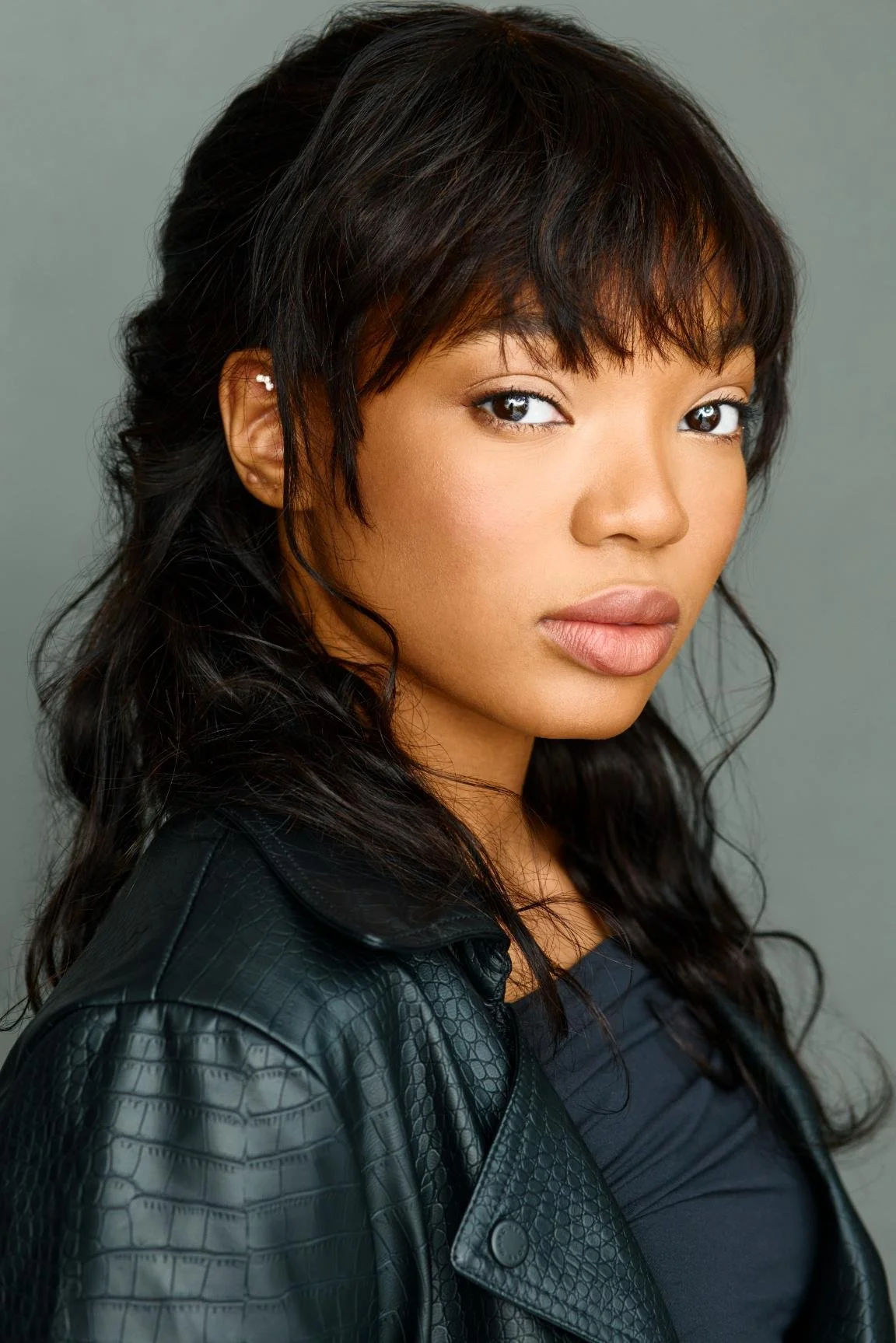Why Are Professional Headshots So Expensive?
*Hint: a large industrial space in the middle of a large metropolitan area actually isn’t free
I just completed the blog post “How much do professional headshots cost?” but during that post, I didn’t provide much context as to why the price is what it is. For instance, I considered a $200 headshot session to fall under the “budget” headshot category, but I realized that $200 is still a substantial amount of money for a lot of people. This post aims to explain to the average consumer why headshot prices are what they are.
The typical answer photographers tell you.
Many photographers will tell you how expensive their gear & equipment is, how much memory cards cost, and how much time and effort they put into “mastering” their craft. These are good points, and I will explain some of that later, BUT THESE COSTS COME NOWHERE CLOSE TO THE COST OF A STUDIO AND THE COST OF CUSTOMER ACQUISITION. I’m genuinely blown away that preliminary research on this topic didn’t show many (none???) photographers covering these focal points.
The cost of a studio in a large metropolitan area (and maintaining it)
My studio is located in Downtown Los Angeles. If you want a decent studio for photography, you need a few things.
Insurance
High ceilings
A large area to use zoom lenses/shoot groups
Big/open windows
Space for a computer setup, lounge, and changing room, and hair/makeup station.
The average cost of a space that meets these qualifications is roughly $2,200 to $5,000. The average cost of maintaining the space ends up being about $500-1,000 dollars, in my experience. Little things internet, website hosting, file hosting, business services, credit card processing, office supplies, cleaning, utilities, insurance, backdrop paper (the worst), props, and office upgrades typically add up quite a bit.
Customer Acquisition Cost
Advertising is very freaking expensive. Google Ads, Facebook Ads, Yelp Ads, Instagram Ads, and all other forms of advertising are very expensive, and the results aren’t even very apparent all the time. If the customer acquisition cost is 3:1, a photography studio will typically need to be spending about $2,000 a month to be profitable. Thankfully, photography is a business that leans heavily on referrals, so the customer acquisition cost can sometimes be lower. When you combine just the studio's cost with customer acquisition costs, you already have a very high monthly burden. After the photographer’s other expenses like rent, car payments, food, gas, and taxes, the photographer needs to be making $7,000-$15,000 per month TO PAY THE BILLS.
Work Week
Assuming a 5 day work week, this photographer needs to make at least $500 a day to break even. In my experience, the average shoot takes about 3-6 hours (when you include editing time). That means that it’s safe to assume that 1-2 quality shoots can be done sustainably per day. In this case, the average shoot cost NEEDS to be in the $400-$800 range for it to be worth it for the photographer to take on the risk of running a business.
The gear
Earlier I mentioned how photographers complain about how much their gear costs. While the costs aren’t nearly the same as daily operating expenses, it still equates to a substantial amount of money, especially considering that most gear has a 3-4 year life cycle. Here’s a breakdown of how much the photographer’s gear will cost based on the gear I use.
Camera Body (2): $7,000 at $3,500 per unit
Zoom Lens: $2,200
Wide Lens: $1,500
Med Lens: $1,500
Memory Card (3): $750 at $250 per CF card unit
Flash unit (6): $4,800 at $800 per unit
Modifiers: Roughly $2,000 for the various modifers/accessories Use
Computers and Monitors (2): $6,000 at $3,000 per unit. Photography requires very high-end computers, monitors, and editing tablets. I personally need two setups.
Continuing education: $500. I typically spend about $500-$1,000 per year on education
File Storage: $200 per year
Backdrops: $1,200 per year
Light Stands (6): $1,200 at $200 per unit
TOTAL: $28,850
I love my job
The goal of this article is to explain why photography prices are where they are. I’m not complaining, and I feel lucky to do what I do. All businesses have their own unique challenges and operating expenses. If we consider the cost of the top of the line gear as the barrier to entry, it’s actually quite easy to become a photographer compared to other occupations. I’d imagine that a lawyer who went to a prestigious law school will be spending a lot more money than that (albeit with a lot less risk). I hope this makes sense to those looking to answer this question, and as always, if you have any questions, please email me at info@mattmarcheski.com.
